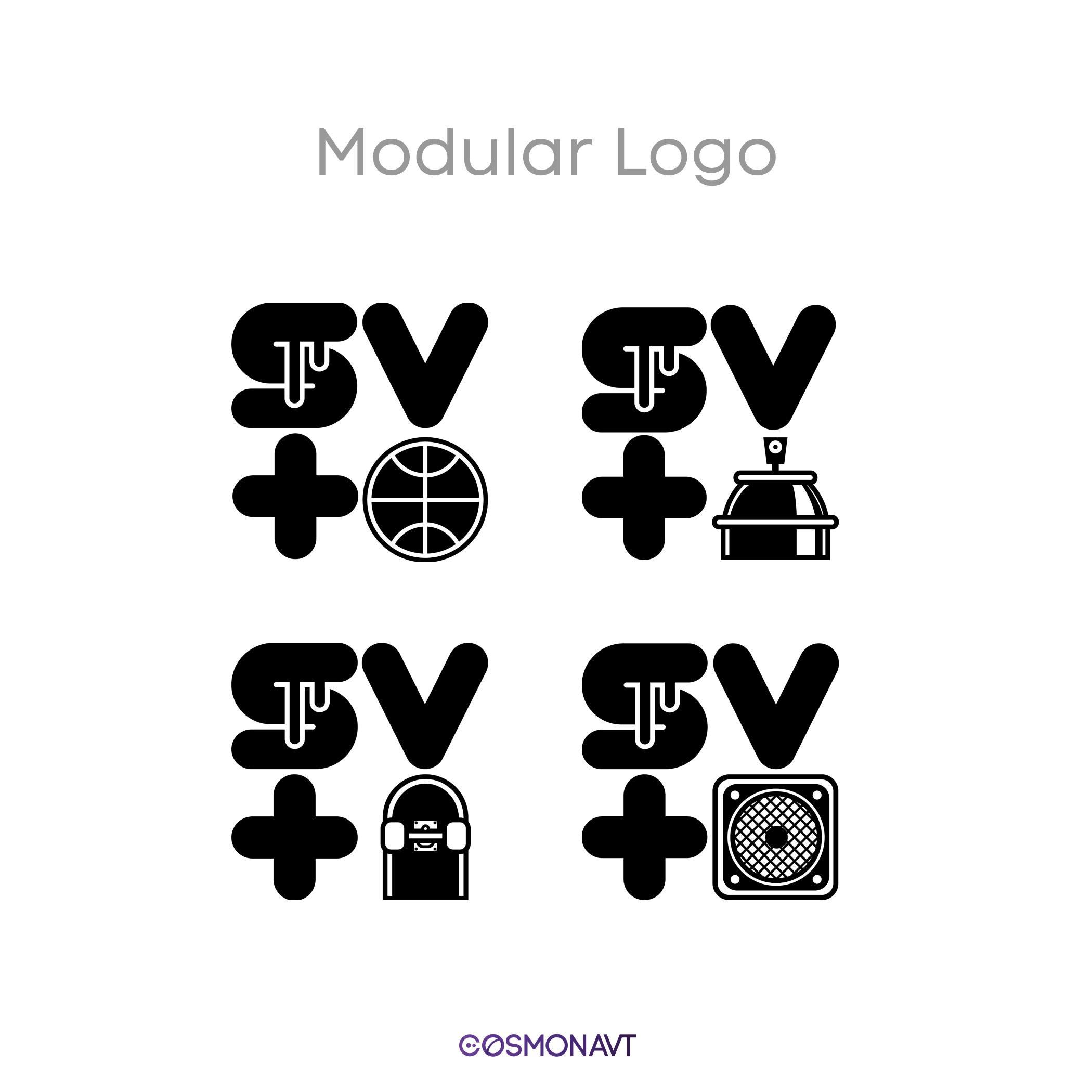Logo Types Explained
The Power of a Great Logo
Your logo is more than a mere symbol; it is one of the faces of your brand and a vital tool in your marketing arsenal. A well-designed logo can set you apart from the competition.
Whether you are launching a new venture or considering a redesign, understanding the different types of logos is crucial.
Here’s a guide to help you navigate the world of logo design.
Types of logos
Wordmark
Wordmarks are logos that focus on your company name alone. Think of the distinct typography of Google or Coca-Cola. This type of logo is ideal if you have a unique business name and want to make it instantly recognisable. The choice of font and colour plays a crucial role in conveying your brand's personality.
Monogram
Monograms use your company's initials to create a stunning logo. Brands like HBO and IBM use it. They condense longer names into a memorable, stylish emblem. It is all about making a strong impression with a few letters.
Abstract Logo Mark
Abstract logo marks are geometric shapes that create a unique brand identity. They don't represent the industry you are working in like the Nike Swoosh. They’re perfect for conveying what your company values without showing it directly. Think of all the logos of coffee shops having coffee beans. This type of logo can set you apart with an original design.
Mascot
Mascot logos feature an illustrated character, often creating a friendly, approachable brand image. They are particularly effective if your target audience includes families or children. Great examples are KFC’s Colonel and McDonald's Ronald McDonald. They make the brand more relatable and personable.
Combination Mark
Combination marks blend a wordmark with an icon or mascot. This versatile approach lets you use the elements together or separately. They offer great flexibility in branding. Brands like Doritos and Lacoste use this style to maximize brand recognition.
Emblem
Emblem logos are often more detailed, combining text within a symbol or icon, like a badge or crest. They suit businesses that want to project a traditional, classic image. Great examples are Starbucks and Harley-Davidson. Emblems give your brand a sense of heritage and authority.
Brand Mark
Brand Marks are logos that use an image or symbol, such as the Apple logo or the Twitter bird. These work well to associate your brand with a specific visual icon. But, they need a lot of marketing to establish brand recognition. The first versions of Apple and Twitter logos had the company's name stand right next to the symbol. It took years of marketing and advertising for the symbols to become recognisable.
Modular Logo
A modular logo is a type of logo design that is characterized by its versatility and adaptability. It consists of several distinct elements or modules that can be rearranged, modified, or used independently while still maintaining the overall brand identity. This approach allows the logo to be flexible and functional across various applications and contexts.
The key feature of a modular logo is its ability to change form without losing its core identity. For example, a modular logo might have a central symbol that remains constant, accompanied by interchangeable elements that can be tailored to different mediums, campaigns, or sub-brands.
Check out the logo for the 2028 Olympic Games in LA - it is a great example of a modular logo.
Making the Right Choice for Your Brand
The right logo should resonate with your target audience and represent your values. Here are some key points to consider when choosing a logo:
Brand Identity: Your logo should reflect your brand's personality, values, and industry. A tech startup might prefer a modern, abstract logo, while a law firm might opt for a more traditional emblem.
Target Audience: Consider the preferences and expectations of your target demographic. A logo that appeals to young adults might differ significantly from one aimed at corporate clients.
Versatility and Scalability: A good logo should be adaptable to various mediums and sizes, from business cards to billboards, and maintain clarity.
Memorability: Your logo should be distinctive and make a lasting impression. It needs to stand out in a crowded market.
Timelessness: While it’s tempting to follow trends, a timeless logo ensures longevity and reduces the need for future redesigns.
Colour Psychology: Colors evoke emotions and convey messages. Choose colours that align with the message you want to communicate.
Typography: If using text, the font should align with your brand’s character. A tech company might use sleek, modern fonts, whereas a bakery might opt for more whimsical typography.
Simplicity: Often, less is more. A simple design can be more impactful and easier for customers to recognize and remember.
Legal Considerations: Ensure your logo is unique to avoid legal issues and consider trademarking it for protection.
Choosing a logo is a significant decision for any business. It’s a visual representation of your brand and plays a key role in your company's perception. By understanding different types of logos and considering these key factors, you can select a logo that not only looks great but also supports your business goals, connects with your audience, and stands the test of time. Remember, a well-thought-out logo is an investment in your brand's future.












